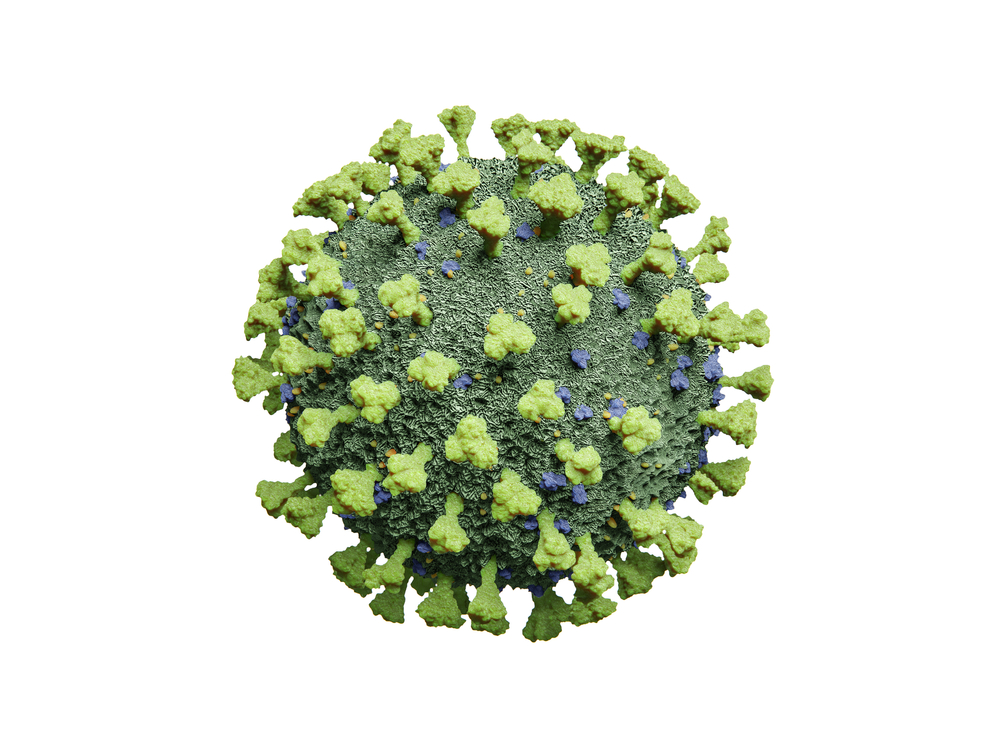SARS CORONAVIRUS ENVELOPE PROTEIN (E. COLI)
SARS Coronavirus Envelope Protein is a recombinant antigen which contains the N-terminus (1-76 amino acids) of the Envelope protein immunodominant regions. It is manufactured in E. coli and is immunoreactive with sera from SARS-infected individuals.
PRODUCT DETAILS – SARS CORONAVIRUS ENVELOPE PROTEIN (E. COLI)
- SARS Coronavirus Envelope Protein.
- Recombinant protein manufactured in E. coli.
- Contains N-terminus of the Envelope protein, 1-76 amino acid immunodominant regions.
- Purity ~90% as determined by SDS-PAGE.
- For use in ELISA and other immunoassays.
BACKGROUND
Coronaviruses (CoVs) (order Nidovirales, family Coronaviridae, subfamily Coronavirinae) are enveloped viruses with a positive sense, single-stranded RNA genome. With genome sizes ranging from 26 to 32 kilobases (kb) in length. They infect humans and cause disease to varying degrees, from upper respiratory tract infections (URTIs) resembling the common cold, to lower respiratory tract infections (LRTIs) such as bronchitis, pneumonia, and even severe acute respiratory syndrome (SARS). SARS-CoV and MERS-CoV cause severe infections that lead to high mortality rates (CDC, 2017; WHO, 2004).
The coronaviral genome encodes four major structural proteins: the spike (S) protein, nucleocapsid (N) protein, membrane (M) protein, and the envelope (E) protein, all of which are required to produce a structurally complete viral particle [29, 37, 38]. The E protein is the smallest of the major structural proteins. During the replication cycle, E is abundantly expressed inside the infected cell, but only a small portion is incorporated into the virion envelope. E participates in viral assembly, release of virions and pathogenesis of the virus. The majority of the protein is localised at the site of intracellular trafficking, the ER, Golgi, and ERGIC, where it participates in CoV assembly and budding. Recombinant CoVs lacking E exhibit significantly reduced viral titres, crippled viral maturation, or yield propagation incompetent progeny, demonstrating the importance of E in virus production and maturation (reviewed in Schoeman and Fielding, 2019).
REFERENCES
- Schoeman and Fielding (2019). Coronavirus envelope protein: current knowledge. Virol J. 16: 69.
- Severe Acute Respiratory Syndrome (SARS) Factsheet. Centers for Disease control and Prevention (CDC), December 6, 2017.
- WHO guidelines for the global surveillance of severe acute respiratory syndrome (SARS). Updated recommendations. World Health Organisation. October 2004.

